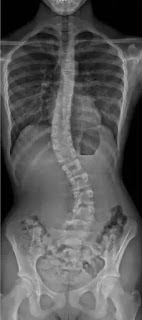Sometimes you just don’t feel like working on something. Maybe you can’t get up the oomph to finish, or perhaps you’re not feeling ready to start. Here are some simple strategies to get yourself moving.
If you are facing a big project that will require a lot of time and effort, or if what you need to do appears unconquerable, try chunking it. Create smaller, short-term goals or divide the work into smaller task segments. It’s easier to work on a short project than a long one.
A related strategy is to promise yourself “Just five more.” If you agree to yourself to straighten five more shelves, write five more thank-you notes, finish reading five more pages in your class textbook, or polish five more windows, you have set an achievable task for yourself. The end in sight makes it easier to have the motivation to finish.
For some people, setting a deadline is a useful motivation technique. A deadline provides a concrete boundary for your project. A deadline for a short period such as “five more pages read” can be set into a timer; a deadline for a multi-day short-term goal can be added to your daily planner. This strategy won’t work for everyone. It is probably not appropriate if what you are trying to accomplish requires creativity.
Have you considered making a public commitment? Telling a friend what you will have accomplished by a certain date, or posting your intentions on social media, can be very motivating. You don’t want to have others see you fail! But you must be specific in your commitment for this strategy to work.
Believe it or not, taking a break from work can help you be more productive when you return to the task. Make it a short break, but use the time to get some exercise, such as taking a walk outdoors. Don’t worry about what you need to do when you are done with your break. Try thinking of this short time away from unmotivated work using a different term. The French and Germans call it a “pause,” in Portugal it’s a “pausa.” So nothing is broken, only paused, and you’re intending to get back to It when you are done with your walk.
Perhaps these strategies will help you initiate or regain your motivation to finish whatever it was that you weren’t making progress toward.







































.jpg)





